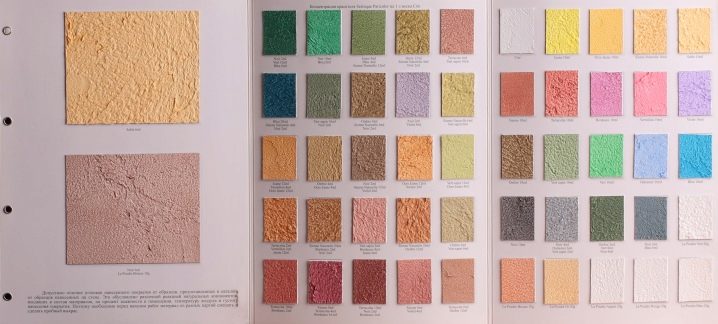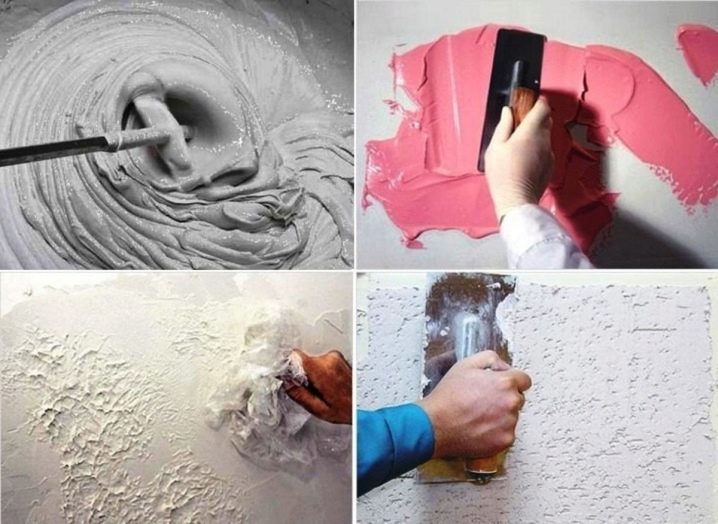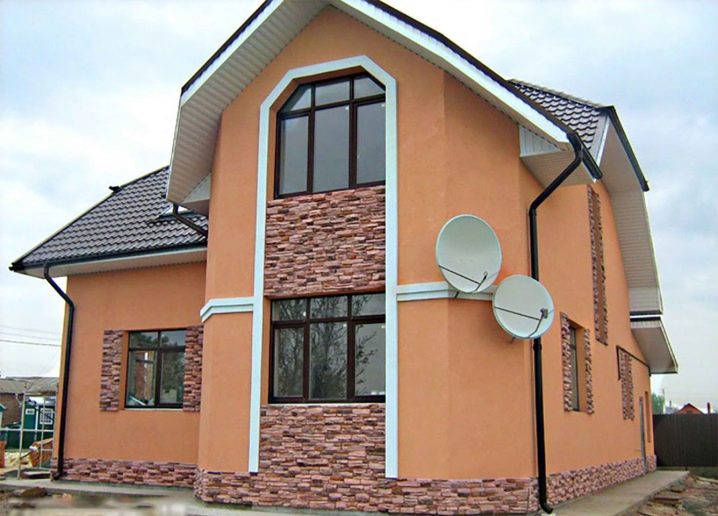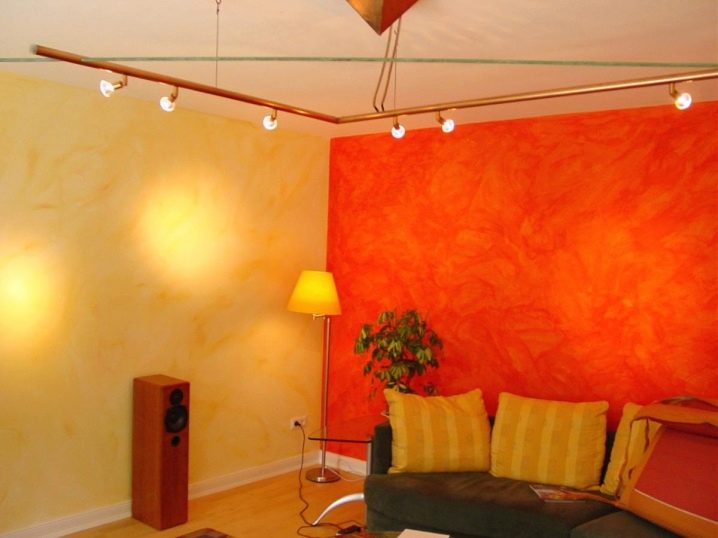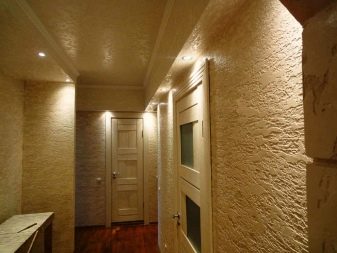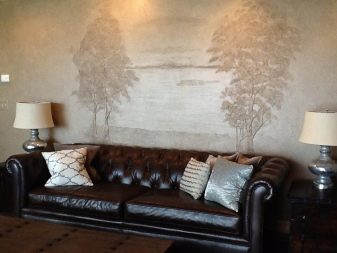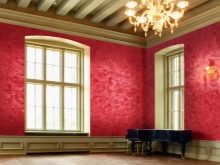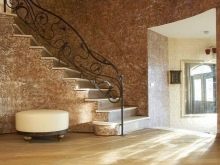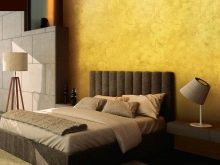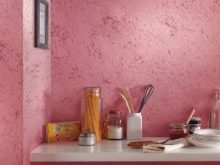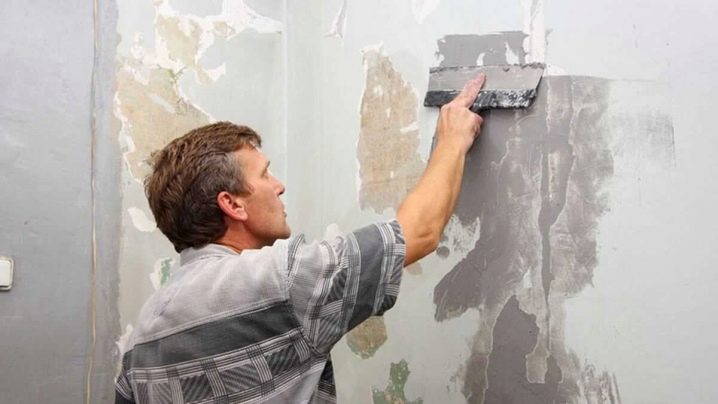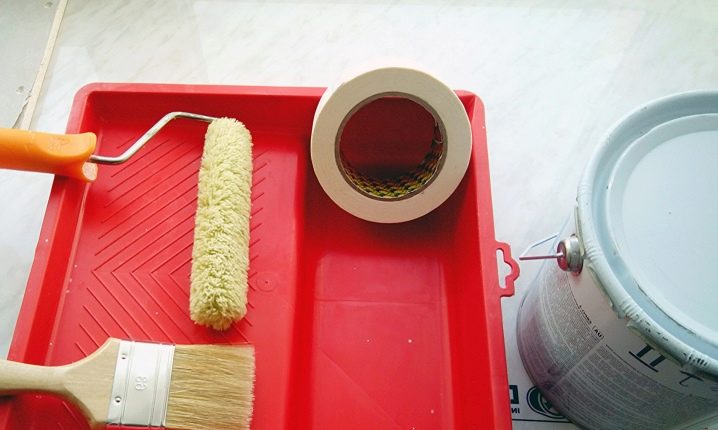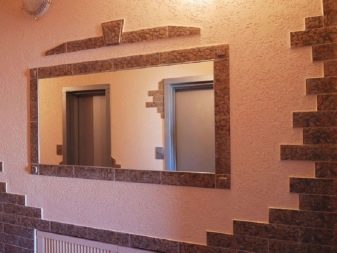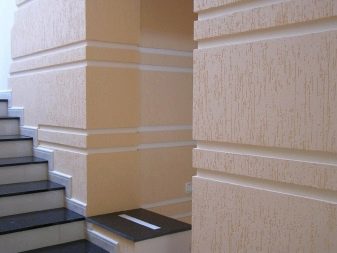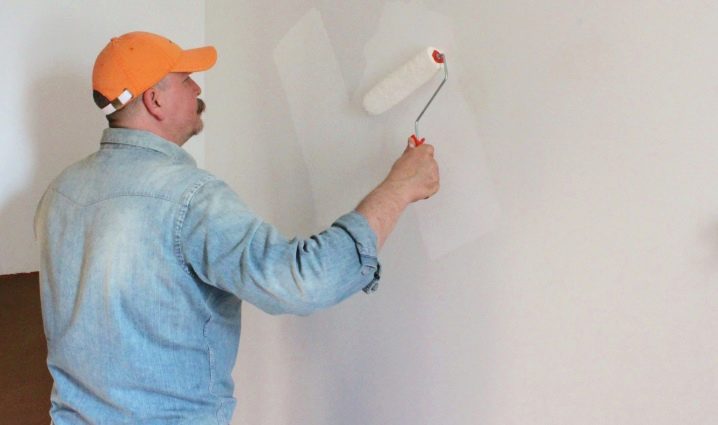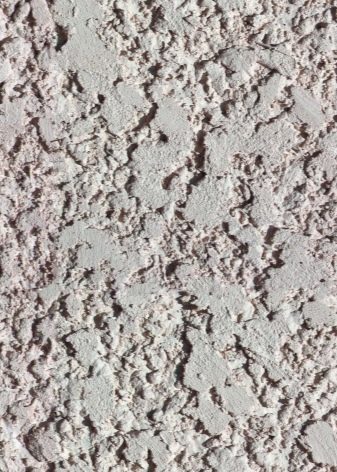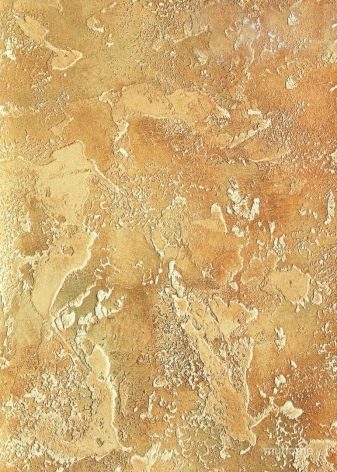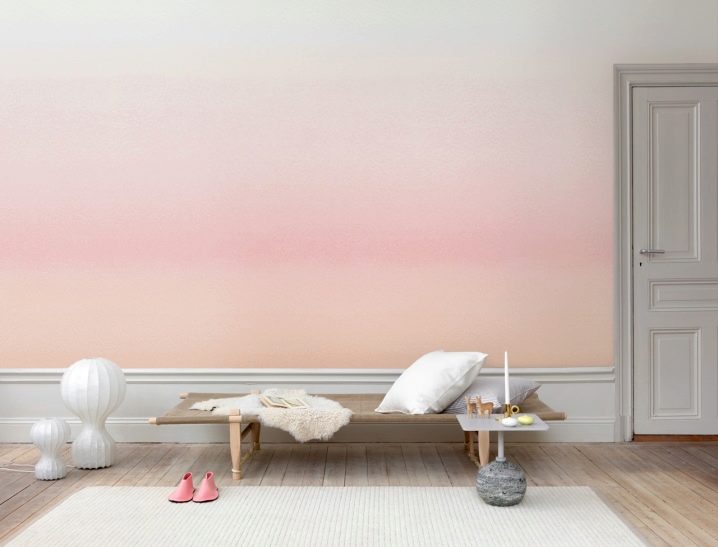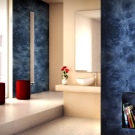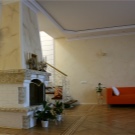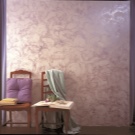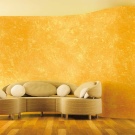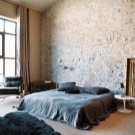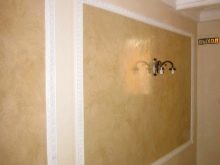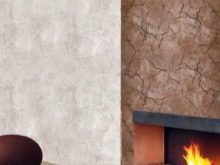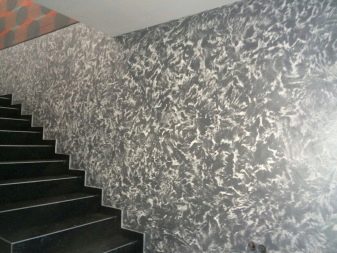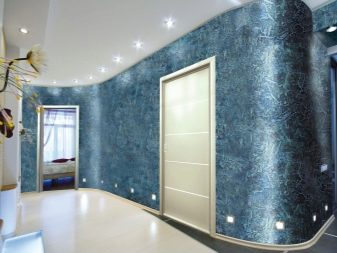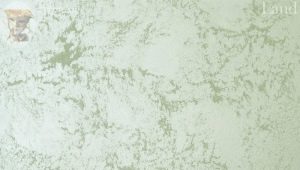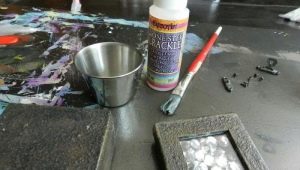Paint on plaster: the subtleties of the choice of products for interior work
During repair work it is necessary to perform many different tasks, each of which consists of several stages.
If we talk about finishing, you first need to make sure that the surface is smooth and even. And if there are certain defects in the form of cracks and chips, plaster is used. It is used for internal and external works, but after drying it is often desirable to give a presentable surface, so you need to find the appropriate paint.
Special features
Paint for the facade is offered on the market in a wide range. It has a number of positive characteristics, is divided into types, each of which is distinguished by its features, performance and benefits.
Before you buy a finishing material, you need to familiarize yourself with its description, to determine what effect you want to achieve as a result of repair work.
Materials for painting plaster must meet the following requirements:
- First of all, the coating must be resistant to withstand external factors, temperature changes and weather conditions.
- The surface must remain presentable for many years, not fade, so it is important to pay attention to the pigmentation of the material.
- Not in the last place is the indicator of fire resistance, elasticity and antistatic effect, which allows you to repel dust, and this is important if the building is located close to the road.
Kinds
Manufacturers offer this product in a wide range, and each species has its own characteristics, which is useful to know. The market is replete with finishing paints for facades; they differ in ingredients in composition and in their characteristics.
- Facade treatment with cement paint is in great demand. It is based on white Portland cement, but if you need to achieve a different shade, you can add color. Such material is resistant to weathering and is offered at very low prices.
- Acrylic products has found wide application among professional repairmen and ordinary consumers. Its cost pleasantly surprises, and high quality meets any requirements. It is impossible not to note the poor vapor permeability, but at the same time the paint copes with mechanical damage. They are water based and organic solvents.
- Silicone Finishing Materials. Paints on this basis are considered among the best. When applied to plaster, the surface will become hydrophobic, so neither dew nor other sediments will be absorbed into the facade, which means that presentableness will last for many years. Also, the coating does not fade from exposure to direct sunlight, is not afraid of strong temperature changes. Thanks to all the listed benefits, many use this type of dyeing for finishing.
If it is necessary to cover structural, relief or plaster under a stone, it is necessary to read the description to the paint, as it often indicates what material it is suitable for.
When buying, it is important to consider the effect with which you want to make a facade, as this matters.If there are grit on the surface, and you want to get rid of them, it is necessary to prepare it before painting, correcting the irregularities.
- AT structured latex paint plasticizers are added, they are thick. The result is a textured finish, which is sometimes much more popular than decorative plasters.
- If you are interested washable products, it includes silicate and acrylic materials. Facade paint is often suitable for plaster, brick and plaster bases, it all depends on the type of finish, the effect of which you want to achieve.
How to calculate the flow?
There is a certain algorithm, according to which it is possible to know in advance how much finishing material is needed, be it an acrylic paint or another type, per 1 m2 of surface. First you need to choose plastered facades, then calculate their total area.
For exterior work, more material is required, and for interior finishing the amount depends on the scale of the repair.
If you want to arrange several walls in a garage, apartment or room, measure each of them, and then fold them and get the area of the treated surface.For this you need to know the length and height of each wall. These numbers are multiplied, and you get the final number. But you also need to measure the total area of doors and window structures, which can be on the facade or in the room, to subtract it from the total amount.
The average paint consumption figure depends on the type of material you will use., must be multiplied by the surface area. Often, manufacturers point to packaging information that can help the consumer to make calculations.
It is important to consider how many layers of paint you will apply.
There are several points that play a role in calculating the cost of finishing. It is necessary to pay attention to the density of the material, because the thinner it is, the thinner the layer will be..
Prepare the surface before application. Indicators that are indicated on containers with paint, designed to work with a primed wall. And since you are interested in plastered surface, the flow will be much more.
Technology works
To paint the facade, you must select the effect that you want to get in the end.But in any case, it is necessary to prepare the surface before coating. If it already has old paint, you will need to remove it.
As for the same shade as before, it is not necessary to prime the facade. It is necessary to make sure that the old finish does not sprinkle, will not leave marks when touching. Before starting work, prepare tools, among which you must have a roller or a wide brush, which has a medium-length nap, and specialists use professional equipment.
How to paint a "bark beetle"
Covering the walls is a serious task, the solution of which must be approached responsibly. It is important to make sure that the plaster is completely dry, and even then apply paintwork material.
You can use two options for staining. In the first, the paint is used on the finished base, and in the second, you can add a color to the mixture to get the desired color.
Painting the walls in such a way will allow to achieve the effect by prolonging the facade presentability.
Foam block coating
This material has excellent performance characteristics, so it is often used in the construction field.The surface is porous, and this must be considered before applying the finish.
If you want to fix it, you can plaster the wall inside the house or the facade. A roller is used during dyeing: it is necessary to move from the bottom up, the movement should be tensile. It is recommended to apply two or three layers.after which the effect will last for a long time. Doing it yourself is easy if you first study the instructions and follow the tips.
Staining technique
It is important to note that not all plaster mixes can be tinted. First you need to make sure that it is completely dry on the facade. Work must begin after eight to forty-eight hours have passed after the application of the finish.It all depends on the type of material that was used.
Some types of mixtures have a cement base, so they can flake and even flake off. The putty should also be completely dry, after which you can paint the plaster relief.
Tips and tricks
It is important to study the characteristics and instructions of finishing materials, to choose the right tools to be used.Pay attention to the shelf life of the paintwork, as an expired product will spoil the result.
- When using the dry brush technique, the wall may look more voluminous. Such coloring is suitable for relief parts of the facade and walls.
- If you want to achieve less contrast, and you need to smooth out the borders, use a rubber roller or a conventional glove.
- For a metallic effect, a regular sponge is more suitable.
- But to work with thick paint is better to use a roller with a hard and short pile. This results in the effect of the bark beetle.
- To impress the blur, a darker color is applied to the light tone, which should dry out, and only then a damp cloth is used for grinding.
Beautiful examples
Many like the effect of painting the type of "bark beetle", which is achieved through the use of a short-haired roller. The grooves remain undyed, so a beautiful pattern is obtained. You can enhance this differential, or mute, it all depends on personal wishes. In the first case, a coloring pigment is used, which is added to the plaster, the surface itself must be painted with the same color but a different shade.
The plastered surface with a textured part requires special painting, since it is necessary to do it in its own way with smooth and embossed.
First of all, proceed to the treatment of textured areas, and then cover everything else. This will avoid flaking.
Sometimes for the decoration of facades are used two colors that look harmonious with each other.
Painting Venetian plaster
Working with such a surface is not very different, you only need to choose paintwork material, then decide on the design that you want to get as a result.
For processing high ceilings, use scaffolding to ease the task. For the effect of antiquity will need to make a deep relief. To do this, use metallic, which is very relevant. But whatever the option of finishing you choose, it is important to buy only quality materials from leading manufacturers, and then the result will meet the expectations.
How to make a Venetian plaster on your own and paint it in the next video.

